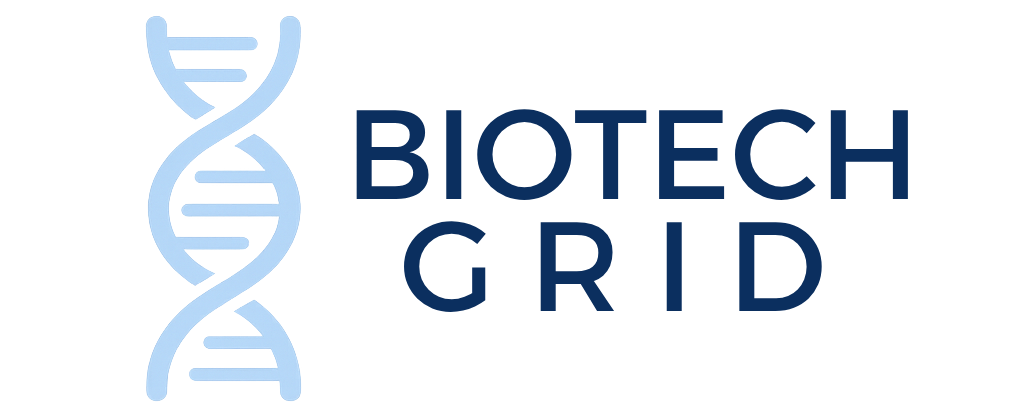
Neighborhood Factors Dramatically Influence Pediatric Leukemia Survival Rates, New UCSF Study Reveals
Survival outcomes for children diagnosed with leukemia, particularly acute lymphoblastic leukemia (ALL) and acute myeloid leukemia (AML), hinge on more than just medical interventions. Recent in-depth research spearheaded by scientists at the University of California, San Francisco (UCSF) reveals that neighborhood-level social determinants wield a profound influence on the likelihood of survival in pediatric leukemia patients. This groundbreaking study, published in the journal Cancer, elucidates complex community factors contributing to mortality disparities and presents critical insights for shaping future clinical and public health strategies.
Leukemia is the most common form of pediatric cancer and serves as a leading cause of cancer-related mortality among children worldwide. Acute lymphoblastic leukemia (ALL) and acute myeloid leukemia (AML) constitute the two predominant leukemia subtypes diagnosed in young patients. Despite advancements in treatment protocols and supportive care, survival rates continue to vary widely among children, prompting researchers to explore influences beyond biological pathology.
Access to timely diagnosis and appropriate treatment remains a cornerstone of effective leukemia management. In ALL cases, therapy is notably complex and prolonged, encompassing an initial intensive hospital-based phase followed by a lengthy maintenance phase requiring frequent outpatient visits and daily oral medication adherence. Conversely, AML treatment is comparatively shorter and involves fewer outpatient follow-ups. Notably, the UCSF team hypothesized that disparate neighborhood environments could differentially affect treatment adherence and outcomes in these two conditions.
The UCSF-led investigation utilized a novel neighborhood classification framework, incorporating 39 socioeconomic and infrastructural variables — ranging from food environment quality to accessibility of pharmacies and public transportation networks. This refined methodological approach enabled an unprecedentedly granular analysis of how diverse community characteristics correlate with pediatric leukemia survival statistics across California.
Their findings indicate that children with ALL residing in neighborhoods characterized by mixed middle- and low-income households face a 30-40% elevated risk of mortality relative to those living in upper middle-income communities. Further compounding this trend, children in predominantly Hispanic small towns also exhibited similarly increased mortality risks. The study conclusively ties these disparities to structural barriers obstructing continuous care access—barriers that can impede medication adherence and attendance at crucial outpatient appointments.
One revelation worth underscoring is the contrast in neighborhood impact on AML versus ALL survival. Due to AML’s shorter treatment duration and fewer outpatient requirements, mortality risk did not significantly differ by neighborhood type. This suggests that therapies demanding less extended outpatient management may mitigate the detrimental influence of environmental barriers prevalent in disadvantaged communities.
The research puts a spotlight on specific neighborhood impediments, such as an unhealthy food landscape, a scarcity of local pharmacies, and deficient public transportation infrastructure, all of which exacerbate the difficulties families face in managing prolonged leukemia treatment regimens. These factors collectively create a labyrinthine set of challenges for patients residing in less affluent or underserved areas, where reliable access to care is compromised.
In addressing these challenges, UCSF researchers advocate for tailored interventions designed to circumvent environmental hurdles. Enhancing the availability of pharmacies within vulnerable communities promises to improve medication access, while developing transportation solutions for outpatient appointment attendance could substantially decrease treatment abandonment rates. Together, these measures have the potential to equalize survival outcomes by enabling consistent, early, and effective leukemia treatment regardless of residential ZIP code.
Beyond highlighting disparities, the study accentuates the imperative for integrated health-policy reforms that prioritize social determinants of health. Forging closer collaborations between healthcare providers, community organizations, and policymakers can foster systemic improvements in care delivery logistics, ultimately improving pediatric cancer prognoses on a population scale.
The UCSF research also calls attention to the critical role of advanced data analytics in uncovering neighborhood-level patterns previously obscured in broad epidemiologic research. By dissecting a mosaic of 39 distinct community traits, this analytical approach crystallizes actionable insight, empowering stakeholders to devise precise, context-sensitive interventions tailored to the needs of affected populations.
This nuanced understanding of the socio-environmental determinants of pediatric leukemia outcomes advances the scientific discourse beyond biological markers toward a holistic, ecosystem-based model of disease management. Such a model recognizes that equitable survival requires not only cutting-edge medical treatments but also dismantling the social and logistical barriers entrenched within communities.
Furthermore, the study sets a precedent for other pediatric and chronic disease arenas to investigate neighborhood-trait influences on health outcomes, employing multivariate community profiling for bespoke public health strategies. The utility of this framework, especially amid growing disparities accentuated by socioeconomic upheavals in recent years, cannot be overstated.
As pediatric cancer survival increasingly hinges on continued outpatient care adherence, this research underscores a pressing public health mandate: equitable access to healthcare infrastructure must extend beyond hospital walls and into the neighborhoods where patients live. Robust access to pharmacies, public transit, and community resources represents a lifeline for children battling leukemia, ensuring that vital therapies reach them without interruption.
In summary, UCSF’s research represents a transformative leap in understanding how neighborhood environments modulate pediatric leukemia survival odds. By unveiling concrete neighborhood characteristics that elevate mortality risk, the study illuminates pathways toward targeted interventions poised to save young lives. This work not only challenges clinicians to broaden their patient care perspectives but also galvanizes policymakers to invest in health equity initiatives that transcend traditional medical models.
By marrying precise epidemiologic methods with actionable community-level insights, UCSF sets a new benchmark for cancer disparities research. Their findings reinforce a simple yet profound truth: when it comes to life-saving pediatric leukemia treatment, geography can no longer be destiny.
Subject of Research: Neighborhood-level social determinants affecting pediatric leukemia survival rates
Article Title: How Do Neighborhoods Impact Children’s Chances of Surviving Leukemia?
News Publication Date: Not specified in the provided content
Web References:
https://acsjournals.onlinelibrary.wiley.com/doi/10.1002/cncr.35863
https://www.ucsfhealth.org
References: UCSF Benioff Children’s Hospitals, Cancer journal publication
Keywords: Leukemia, Pediatric cancer, Acute lymphoblastic leukemia (ALL), Acute myeloid leukemia (AML), Neighborhood characteristics, Health disparities, Pediatric oncology, Socioeconomic determinants, Medication adherence, Outpatient care, Health equity, Public health interventions
Tags: acute lymphoblastic leukemia outcomesacute myeloid leukemia prognosiscommunity factors in cancer survivaldisparities in pediatric cancer treatmentenvironmental impacts on health equityinfluences on childhood cancer mortalityleukemia treatment access and outcomesneighborhood social determinants of healthpediatric cancer research advancementspediatric leukemia survival ratespublic health strategies for cancerUCSF leukemia study findings


